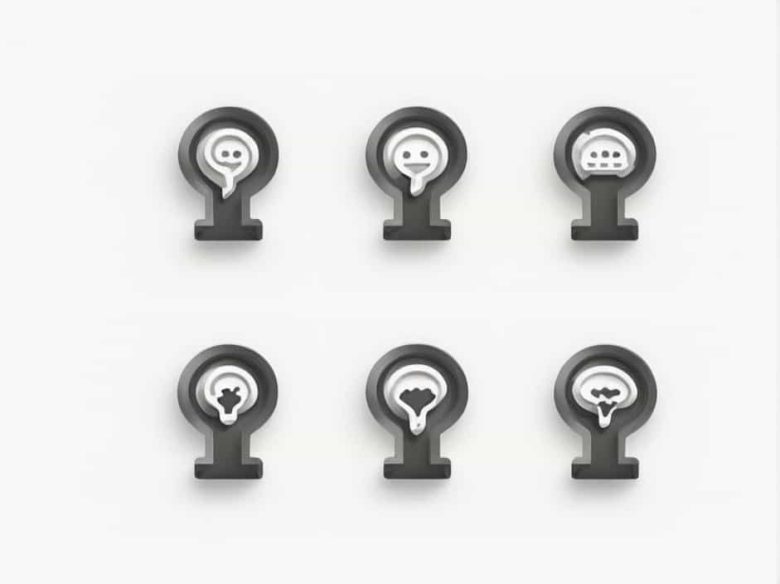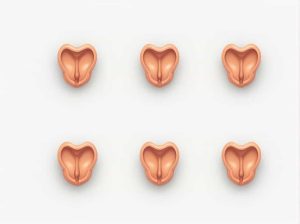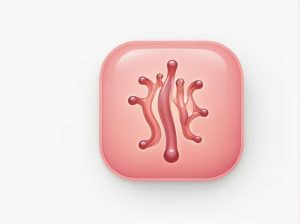Dominant and recessive traits are fundamental concepts in genetics. They determine how physical characteristics are inherited from parents to offspring. Understanding these traits can help explain why family members share similar features and why some traits skip generations.
In this topic we will answer common questions about dominant and recessive traits their role in inheritance and how they shape genetic diversity.
What Are Dominant and Recessive Traits?
Traits are determined by genes which are segments of DNA that code for specific characteristics. Each person inherits two copies of a gene one from each parent. These copies called alleles can be either dominant or recessive.
- Dominant traits appear if at least one dominant allele is present.
- Recessive traits appear only if both alleles are recessive.
For example if a child inherits a dominant allele for brown eyes from one parent and a recessive allele for blue eyes from the other the child will have brown eyes because brown is the dominant trait.
Common Questions About Dominant and Recessive Traits
1. How Do Dominant and Recessive Traits Work?
Each trait is controlled by a pair of alleles. The way these alleles interact determines the expression of the trait.
- Homozygous dominant (AA) – Two dominant alleles the dominant trait is expressed.
- Heterozygous (Aa) – One dominant and one recessive allele the dominant trait is expressed.
- Homozygous recessive (aa) – Two recessive alleles the recessive trait is expressed.
This pattern follows Mendelian inheritance named after Gregor Mendel who discovered the principles of heredity in pea plants.
2. What Are Examples of Dominant and Recessive Traits?
Some traits are easily observed in families.
Dominant Traits
- Brown eyes (B)
- Curly hair (C)
- Widow’s peak (W)
- Dimples (D)
- Freckles (F)
Recessive Traits
- Blue eyes (b)
- Straight hair (c)
- No widow’s peak (w)
- No dimples (d)
- No freckles (f)
3. Can a Child Inherit a Recessive Trait If One Parent Has It?
A child will inherit a recessive trait only if both parents carry the recessive allele.
For example if both parents have a blue-eye allele (b) but also carry a brown-eye allele (B) they can pass on either allele to their child. The child will have brown eyes (Bb) unless they inherit two blue-eye alleles (bb).
4. Why Do Some Traits Skip Generations?
Recessive traits can be hidden if a dominant allele is present. These traits may appear in future generations when two recessive alleles are inherited.
For example if both grandparents carry the blond hair allele (r) but do not express it due to a dominant brown hair allele (R) their grandchildren may inherit two recessive alleles (rr) and have blond hair.
5. What Determines Whether a Trait Is Dominant or Recessive?
A trait’s dominance depends on how the allele interacts with the gene’s function. Dominant alleles usually code for a functional protein while recessive alleles often result in a nonfunctional or less effective protein.
For example the gene for dark hair produces more pigment making it dominant over the gene for light hair which produces less pigment.
6. Can a Recessive Trait Become Dominant Over Time?
No genetic dominance is a fixed property of a gene. However changes in a population’s gene frequency over generations can make a recessive trait more common. This happens due to natural selection genetic drift or population mixing.
7. Are All Genetic Disorders Recessive?
No. While many genetic disorders are caused by recessive alleles some are due to dominant mutations.
Examples of Recessive Genetic Disorders:
- Cystic fibrosis – Affects the lungs and digestive system.
- Sickle cell anemia – Causes misshapen red blood cells.
- Tay-Sachs disease – Affects nerve cells in the brain.
Examples of Dominant Genetic Disorders:
- Huntington’s disease – A degenerative brain disorder.
- Marfan syndrome – Affects connective tissue leading to tall height and heart issues.
- Polydactyly – Extra fingers or toes.
8. Can Dominant and Recessive Traits Be Influenced by the Environment?
Yes. While genes determine potential traits the environment can influence their expression.
For example:
- Height is affected by nutrition and health during childhood.
- Skin color can be influenced by sun exposure.
- Weight depends on diet and exercise.
9. Do Dominant Traits Always Appear More Frequently?
Not necessarily. A dominant trait can be rare if the dominant allele is not widespread in a population.
For example polydactyly (extra fingers/toes) is dominant but it is uncommon because the allele is rare. Meanwhile blue eyes a recessive trait are common in some populations because many people carry two recessive alleles.
10. Can Two Brown-Eyed Parents Have a Blue-Eyed Child?
Yes if both parents carry the blue-eye allele (b).
For example:
- If both parents have brown eyes (Bb) their child has a 25% chance of inheriting blue eyes (bb).
This follows a Punnett square pattern:
| Parent 1 | Parent 2 | Child’s Possible Eye Color | Probability |
|---|---|---|---|
| BB (Brown) | BB (Brown) | 100% Brown | 0% Blue |
| BB (Brown) | Bb (Brown) | 100% Brown | 0% Blue |
| Bb (Brown) | Bb (Brown) | 75% Brown 25% Blue | 25% Blue |
| Bb (Brown) | bb (Blue) | 50% Brown 50% Blue | 50% Blue |
Understanding dominant and recessive traits helps explain how genetics influence physical characteristics and inherited disorders. While dominant traits typically appear when present recessive traits can be hidden for generations before reappearing.
Genetics is a complex but fascinating subject that affects everything from our eye color to genetic diseases. By studying inheritance patterns scientists and doctors can predict how traits pass through generations and improve genetic research.



